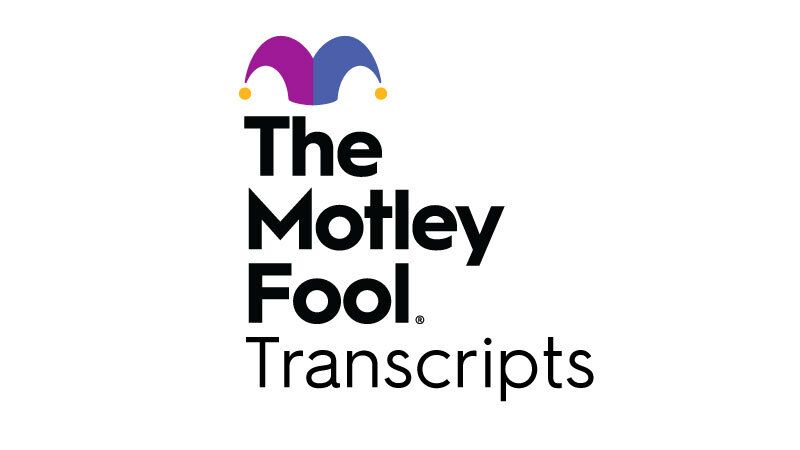Copyright SiliconANGLE News

Red Hat today announced multiple product updates across its Linux, OpenShift and artificial intelligence portfolios, focusing on hybrid cloud performance, post-quantum security and developer productivity. They include the general availability of Red Hat Enterprise Linux 10.1 and 9.7 and Red Hat Developer Hub 1.8, all of which integrate AI-driven management tools designed to simplify operations and bridge enterprise skills gaps. RHEL 10.1 and 9.7 extend the company’s work on intelligent Linux management and quantum-resistant cryptography. The new releases add an AI-powered command-line assistant that can analyze larger log files and operate offline in regulated environments. The command-line assistant is a self-contained tool that runs locally, enabling users to receive AI-powered guidance for Linux tasks in disconnected environments, Red Hat said in a statement. The updates also streamline installation of validated AI accelerator drivers for chips from Advanced Micro Devices Inc., Intel Corp. and Nvidia Corp. The move is aimed at simplifying deployment of AI and machine learning workloads. “The validated drivers are found in the RHEL extension repository and the supplemental repository,” said Stu Miniman, senior director of market insights for hybrid platforms at Red Hat. “We’ve done lots of testing and work closely with hardware accelerator partners to make it installation and lifecycle management easier.” Red Hat cited an International Data Corp. study it sponsored that found that information technology infrastructure teams using RHEL are 32% more efficient than those using unpaid open-source alternatives, with developers seeing productivity gains of 20%. To improve uptime, RHEL 10.1 introduces “soft reboots” that enable system state changes without a full kernel restart, thereby reducing maintenance downtime. Other additions include reproducible container builds and general availability of the Automatic Certificate Management Environment for certificate renewal. The company also enhanced its Satellite management platform with version 6.18, adding on-premises analytic capabilities for proactive issue detection and vulnerability management. The update gives customers greater control over the data sent to Red Hat by allowing only minimal subscription reporting information to be shared. Quantum-resistant security Building on post-quantum cryptography features introduced in RHEL 10, version 9.7 adds the same algorithms to help mitigate future threats posed by quantum computers, which can break today’s cryptography with relative ease. RHEL 10.1 now supports post-quantum Transport Layer Security cryptography for data in transit. “We’re at the cutting edge of a lot of the [post-quantum cryptography] development work in the crypto libraries,” said Scott McCarty, a Red Hat product manager. “IBM and Red Hat are working hand in hand to develop those requirements. We currently have ML-KEM and ML-DSA released and have done work in TLS and OpenSSH functionality.” Module-lattice-based key-encapsulation mechanism and module-lattice digital signature algorithm are post-quantum cryptography algorithms for secure key exchange standardized by the National Institute of Standards and Technology. McCarty said Red Hat helped shape the National Security Agency’s Commercial National Security Algorithm Suite 2.0 standard to ensure RHEL and related products “adhere to those requirements.” AI for Developer Hub Red Hat Developer Hub 1.8, based on the open-source Backstage project, adds new tools to measure productivity and integrate AI into development workflows. Key performance indicator scorecards are now integrated directly into user interface, said James Labocki, senior director of product management. “Platform engineers and developers can work together to create certain KPIs that they want to measure and track,” he said. The update also adds support for the Model Context Protocol, allowing developers to access internal documentation through integrated clients such as Anysphere Inc.’s Cursor and Continue Inc.’s AI-powered coding assistant. A new AI connector for Red Hat’s OpenShift enterprise Kubernetes platform lets teams access AI models and registries directly from within Developer Hub, while the Developer Lightspeed feature introduces AI-assisted troubleshooting and code generation. The Migration Toolkit for Applications, which is part of the Konveyor open-source project Developer Lightspeed uses large language models to automatically suggest code fixes. “You can help troubleshoot issues faster and it’s also service-agnostic,” Labocki said. “You could bring whatever model you want as an endpoint, and we’ll go integrate it into Red Hat Developer Hub.”



